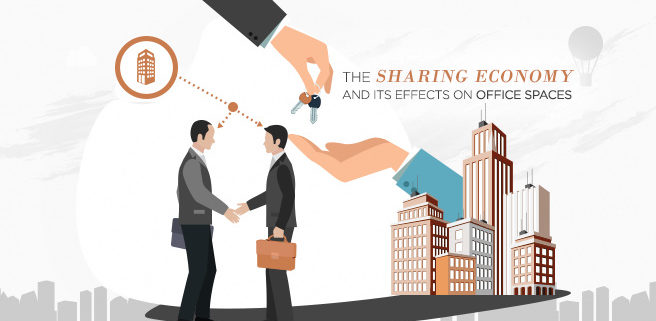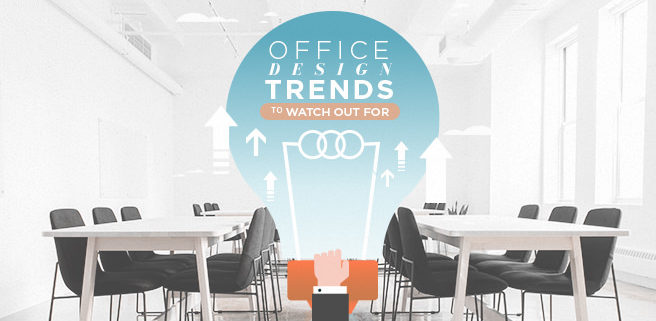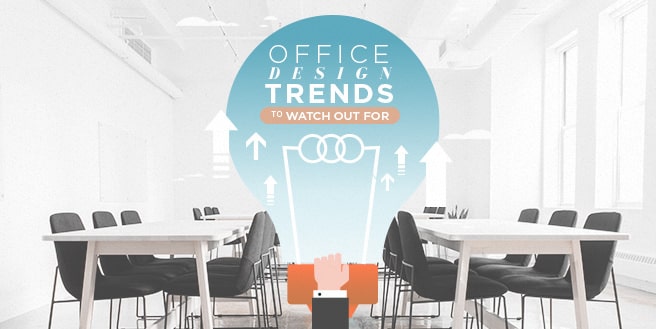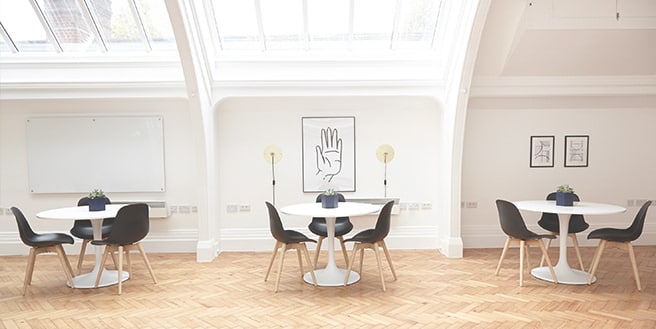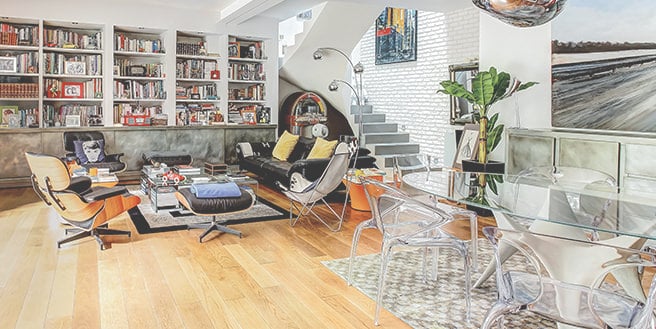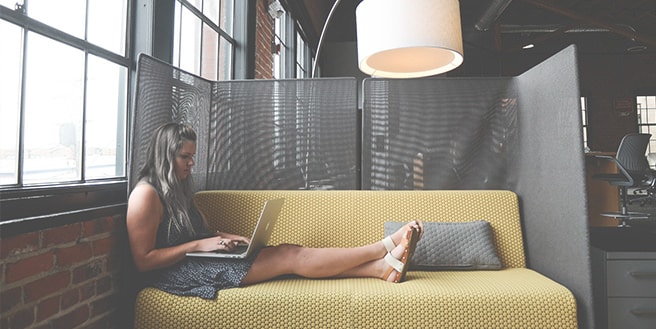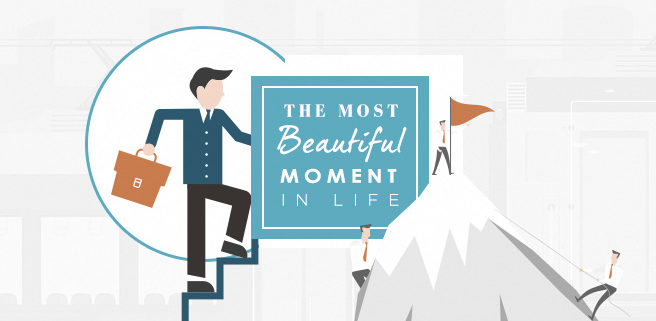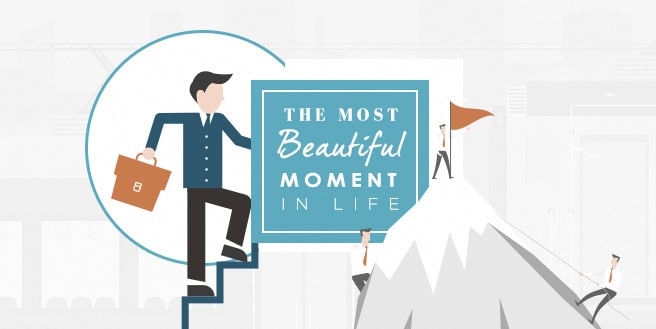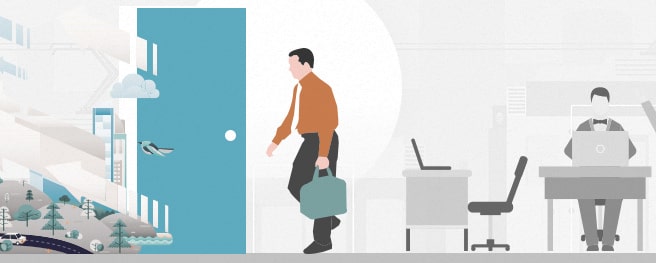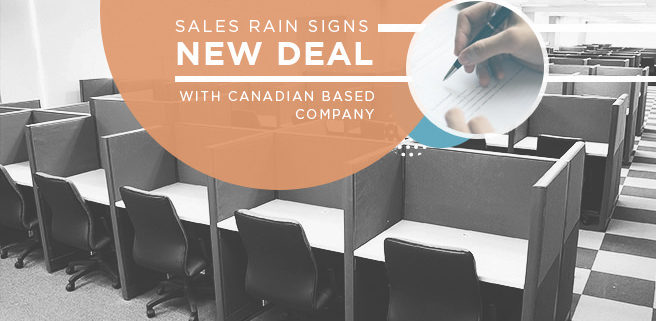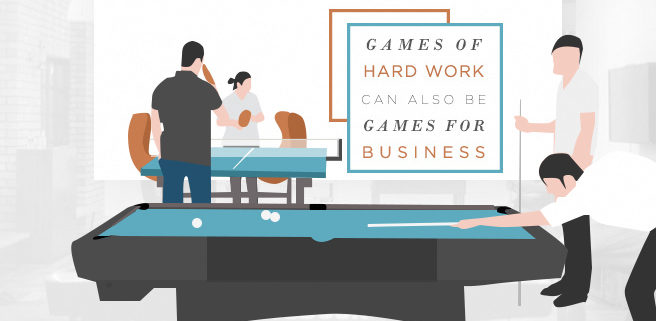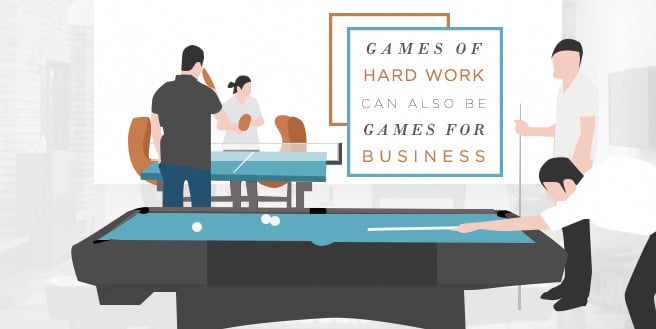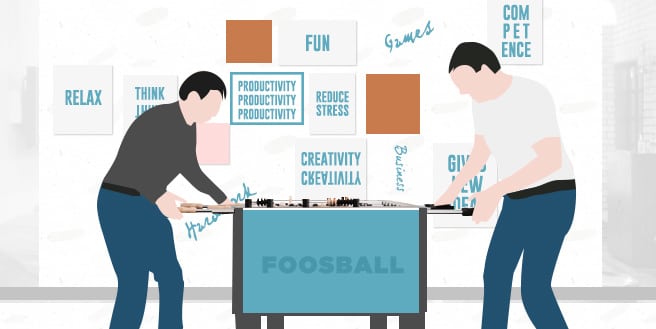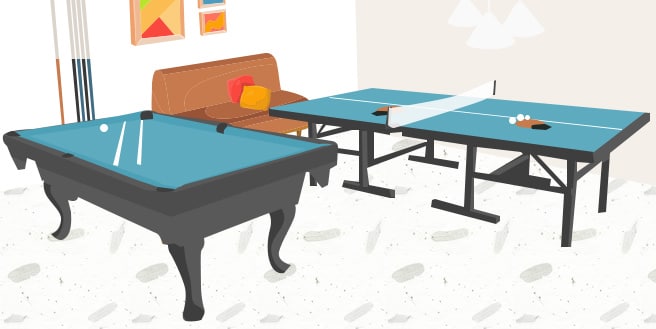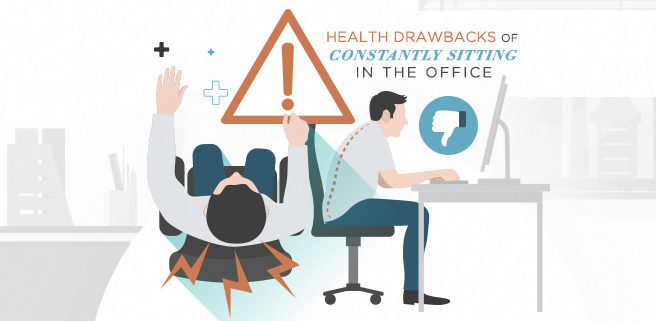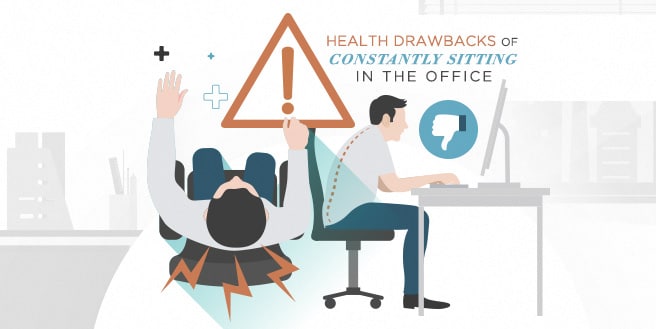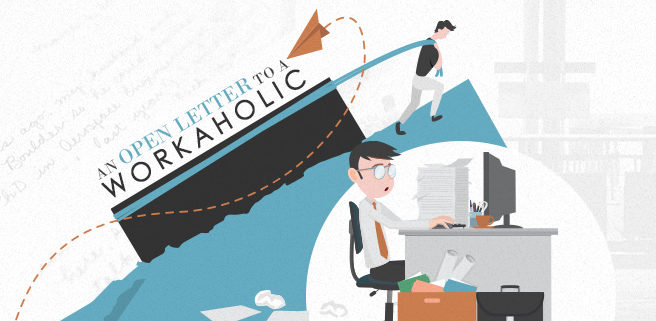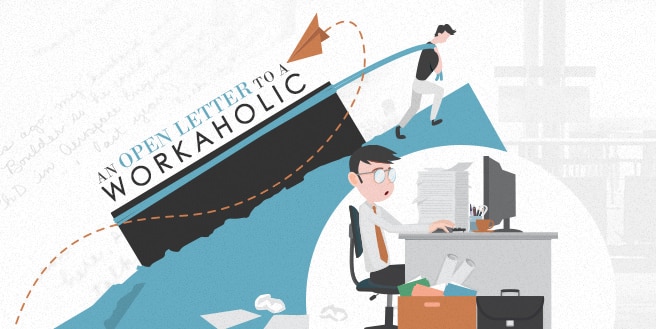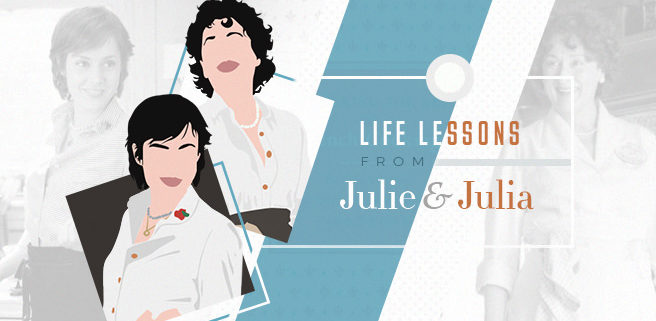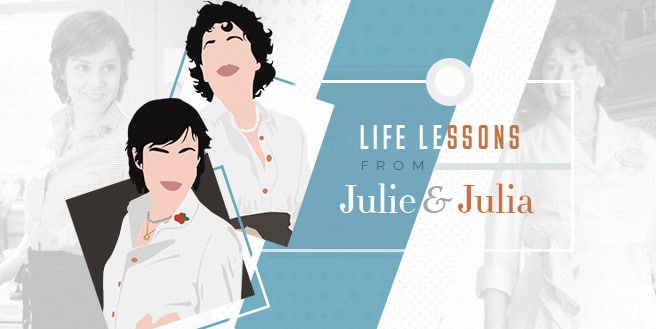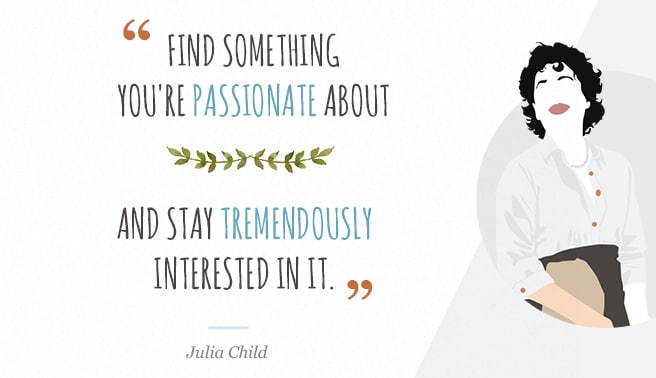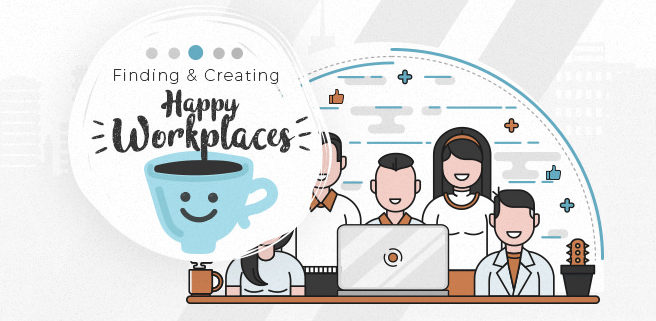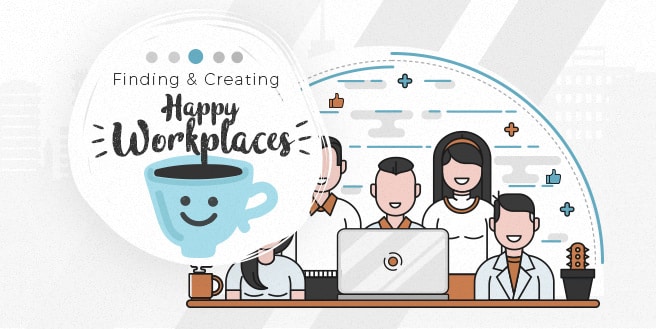The Sharing Economy and its Effects on Office Spaces
Spearheaded by Uber and AirBnB, the sharing economy is innovating the way people consume products and services. Slowly but surely, it’s also changing the market of office spaces around the world.
According to Investopedia, the Sharing Economy is an economic model that allows consumers to rent assets owned by a private individual and is most likely used when the cost of a particular asset is high but isn’t fully utilized all the time.
In retrospect, people have shared items with other people long before. We shared clothing with our family members, shared cars with friends and even unused equipment. And today’s technology – with the help of the internet – have created a bridge between the people who want to share their unutilized assets and the individuals who are looking for people willing to share it with them.
The Phenomena
AirBnB allowed homeowners to rent out vacant bedroom and homes to strangers and Uber allowed drivers to share rides with other people. And as people start to see the opportunity to make profit out of sharing, the market grew.
Around the world, people share spaces for car park, for storage and even for planting – all of which made possible by today’s technology and the growing knack to save money. It wasn’t long until the commercial real estate industry thought that its time join the sharing phenomena.
However, there’s more it than it seems. Brokers aren’t just jumping into sharing economies for no reason. Social and economic trends came into play. Now, companies are reshaping the ideas of modern office.
Experts believed that the traditional offices began to fade when spaces per work started to shrink. Space allocation dropped from 125 feet per worker to 50 feet over the last decade. Moreover, it was a global phenomenon happening from Asia to Europe.
In addition to this, the financial pressure are driving companies to look for cheaper offices with flexible workspaces. Experts have argued that the global recession that took place during the 2008 diminished cheap rent. Businesses couldn’t afford the idle capacity brought by large-scale office buildings.
Another factor behind the demand of shared spaces is the increasing number of remote workers. The premise of telecommunicating first came to the industry during the year of 1973 and with the advancement of today’s technologies, flexible ways of working have become popular.
The “Sharing Economy”
As the number of self-employed professionals and digital nomads rose and the commodity of business operations evolved, a demand for cheap and flexible offices came to be.
The idea of flexible workspaces was brought to life by serviced offices – now widely known as shared offices or executive suites. Companies started to lease large offices and dividing them into smaller offices. Furnishing it with desks, meeting rooms and all the facilities and equipment needed in a conventional office, they started renting these spaces out to different companies.
Later on, hosted services entered the market with a similar layout as serviced offices while providing back office functions such as information technology services, human resource staffing and accounting. These providers cater to offshoring business process outsourcers.
The movement of coworking then drove the hybridization of workspaces. Coworking spaces became the widely-popular flexible workspace. Offering open space layouts with trendy interior designs and variety of working environments to cater the different needs of tech startups and freelancers. Nowadays, they also offer private offices, conference room rentals as well as event spaces.
The synergy between the sharing economy and the evolving industry of workspace solutions paved the way for a new breed of offices that can benefit both the employee and the employer. Shared spaces caters to both the needs of the company and the needs of its employees.
Besides, sharing is caring. Ready to share your offices with the rest of the world? Talk to us today!

